Anyone can slide a pilchard onto a paternoster rig and pull hard on a snapper, but not many can lay claim to catching snapper on topwater stick baits. Mike Bonnici can. It’s time for The Captain’s crew to find out how this renowned surface slayer rolls. Yep, it’s time to strike like Mike.
We arrive at Coffs Harbour boat ramp on a Saturday afternoon after a gruelling six hour drive. To our dismay, the weather has turned to custard and every fisho in town is strapping his boat back on the trailer. We contact Mike Bonnici, suggesting a few Sailor Jerry and Cokes while we wait for the seas to settle. But he’s not having a bar of it. He gives us the hurry-up, demanding we get our arses on board asap. The few fishos still hanging around the ramp make it pretty obvious what they think of the out-of-town blow-ins. Their faces have that “you guys are nuts” glaze.
For those that don’t know Mike, he’s a Sydney-based angler with an impressive reputation for catching very big fish on the NSW east coast. His favourite trick is sweeping stickbaits across the surface, duping huge kingfish into topwater strikes. A pissy southerly bust-up won’t keep Mike off the water. He drives his 21ft Sea Devil like an F1 racer and he’s never flushed his E-TEC outboard with fresh water. The Captain will have to strap in for this mission. We did consider wearing skateboard pads, but given Mike’s penchant for no-f**ks fishing, er, maybe not.
WHIP IT GOOD
After a surprisingly soft ride across a choppy sea, bitch-slapped by a 20-knot southerly, we arrive at South Solitary Island lighthouse. Mike circles over the ground, closely eyeballing the red bananas on the Simrad sounder. He sticks his head out from behind the clears, feels the breeze on his face and assesses the drift direction. Without a word, he turns to his fishing sidekick, Steve King, and gives him the nod. Steve leaps into action, tying a couple of Ocea Pebble Stick jigs. The boys then get busy dropping and retrieving the shiny lead at ultra-high speed to the beat of Devo’s Whip It.
They quickly connect with a pair of rat kings, but Mike refuses to let us photograph our quarry, insisting: “we’ll catch something much bigger”. We begrudgingly agree as we watch the kingies swim away without a single shot. It’s not until late afternoon that we get the cameras out again, when Mike turns his attention to Spanish mackerel. His hunting ground is a big patch of offshore reef rising up from 30m into 15m.
A huge storm is rolling in from the south and we have serious reservations about getting a single fish, let alone a decent photo. But the front misses us by a few kilometres, temporarily calming the surrounding ocean.
A flat sea is all Mike needs to entice a mack. After a few casts, his lure cops a huge aerial strike. Something massive circles under the boat and a short time later a 12kg model is aboard. Mike reckons the fish is pretty unlucky. “It’s 50/50 whether you get cut off with macks, especially with small lures in poor seas. I didn’t crush my barbs like I normally do, but it was such a tough bite.” Thankfully, he did and we celebrated by snapping away like madmen.
FIRST GEAR
Mike describes topwater fishing as “addictive and expensive”, but adds “there’s nothing better than when you connect”. He reckons you can have the best gear, but there’s no substitute for effort. Even when the bite is slow, he takes the view that they have to chew at some time during the day. He’s caught good fish in all types of water, debunking the myth of “good” and “bad” water — long an excuse for unsuccessful fishos. When Mike does hook up, good gear is the key. “Everything has to be 100 per cent, particularly for kingfish — hooks, lures, line, knots, rods and reels — there can be no weak link in the chain,” he says, adding, “you get what you pay for.”
Coincidentally (if you’re reading this, Mrs Captain), his arsenal features all the brand names The Captain hopes to find under the Christmas tree every bloody year. Mike’s been using Stellas since he could afford them and his reputation for slaying surface fish and being tough on gear has earned him the right to test out a few new Shimano models. The jigging reels on our trip feature the new Infinity Drive. The lads on deck reckon the new gear is super-light, but still powerful. Better still, they’ve been fitted with rubber gaskets in the line rollers so they’re more watertight than a German U-Boat — and just as deadly. The Shimano research boffins claim the rubbers are 10 times more durable than previous models.“
I store them in my side pockets so they cop a fair bit of boat rash,” Mike says. “Saltwater is constantly pouring over them.” He likes to store all his casting rods flat to avoid any danger of them snapping. The Captain suspects it might have something to do with his driving, but Mike doesn’t seem particularly worried about his now-drenched Stellas. The new models can be fully immersed in over 1m of water, thanks to new seals and tougher one-piece aluminium outer shell. They have a waterproof rating of IPX8. We reckon if they’re Mike Bonniciproof, they’re good by us.
The fair weather doesn’t last long and Mike has barely retrieved his stickbait from the mackerel’s razor-sharp gob before it’s blowing 25 knots again. So we call it quits and head for home. Even behind the clears, the water blows in from every angle, soaking us — and the rods and reels.
SHARKS!
On day two, Mike decides we need new fishing country. So we pack up the Devil and head south to, er, South West Rocks. After filling the live-bait tank with slimies and the tuna tubes with bonito, we discover all of Mike’s favourite fishing grounds are plagued with giant sharks. We give it a crack anyway, snapping several hooks. All this hook bending is an interesting phenomenon for The Captain’s crew, who are more likely to snap the line at the knots. It makes us think we should up our line class — or maybe pay more attention to Peter Pakula’s video tutorials.
Steve loses out when he hooks a solid jewfish only to have it morph into a shark halfway to the surface. Steve fights the 300kg whaler for an hour on the Stella 14000 until the hook snaps off at the shank. He and Mike are pretty relieved, but we’re a little disappointed, hoping to see this monster from the deep in spite of Mike’s desire to get into some shark-free froth further south.
FOOD FOR THOUGHT
The Sea Devil is back on the trailer and we’re heading south to Forster. “If we move quick, we should just have enough time to grab some KFC (Mike’s kryptonite) and live bait, and catch the afternoon tide change,” Mike says. This highway-hopping activity really is next level. It shows why this fisho catches more fish than the average Joe. He travels further and fishes longer and harder than anyone else we know on the water.
On the highway in Mike’s Toyota Hilux, we’re musing about fishing while feasting on his favourite road food, the Colonel Sanders original-skin drumsticks. Mike confesses people think he’s a full-time fisherman, but he says he’s just a weekend warrior — especially now he’s got a little daughter, Marley. He says some days he might only get one bite and on many days he gets none. This is reassuring news to The Captain’s crew, who often score doughnuts.
The Forster locals give Mike some cracking intel and within the hour we’ve got a live-bait tank full of slimy mackerel and squid. Next stop is a jew and kingfish spot ripe for the picking. On the first drift, we manage a double hook-up on kingies. On the second, we snag a 1m jewie. With fish in the boat and camera cards full, Mike suggests we bust out and head to the pub while dinner is still on. Much as we love fishing, we don’t take a lot of convincing.
KING FOR A DAY
Mike is a fairly understated character. It takes a fair bit to register on his excitometer, but the subject of topwater kingfish really gets him buzzing. “I’ve been chasing them for five years,” he says. “They’re definitely my favorite. They’re explosive, coming up from nowhere. You see a pack of 15kg-20kg fish and you’re wondering which one is going to eat it, then they hit the lure, run around and give you two minutes of hell.” We ask Mike how the big donkeys compare to the 10kg minnows. “Most of the big fish you catch, you barely see them,” he says. “They just come up to the surface, but they’re slower and more powerful.”
For the second time on the trip, Mike confesses he’s actually human, admitting to a big kingie that haunts him. “I was in deep water, I couldn’t budge him off the bottom. I was worried he was going to rub me off so I told the boys to drive off. I was holding the spool as hard as I could with my hand and ended up popping the 80lb braid.” His face turns glum. “Until this day, that’s the one fish I wish I saw.”
LAST HURRAH
Kingies will be our quarry on the last day of the trip, and we’re a bit worried. “How much of a sure thing is this, Mike?” we ask the skipper. “Boys, lets just say it’s one of my favourite spots and I’m damn confident we’ll hook one — just can’t guarantee we’ll land it.”
Of course, we can’t say no and at 4am the next day we’re charging out again, this time to the kingie grounds. We’re sworn to secrecy on the exact spot and Mike’s trust isn’t something we’re willing to test. The sun hasn’t even cracked the horizon when Steve loops out his first cast on the Shimano Grappler stickbaiting rod. He’s pulled the lure halfway back to the boat when a donkey kingfish smashes it off the surface. Steve’s legs are shaking as he tries to haul the beast off the reef. The Stella roars as the fish struggles to pull drag from the spool. After a tense 10 minutes, Mike has a 15kg kingfish by the tail.
A few photo ops and high-fives later, the fish is back in the water, unharmed. Mike refers to the fish in this area as “his pets” and The Captain is not about to argue. Steve and Mike continue to throw stickbaits throughout the morning until a 4m great white circles the boat and turns the bite off. Off we go again, The Captain’s crew lob a few soft plastics around to kill time.
After a few casts, one of them is nailed mid-water. The fish screams off the line and the boys call it for another kingie. However, after 15 minutes, a serious snapper pops up from the green depths. This time it’s The Captain’s crew shaking like a hornet shithouse. Mike reckons it was snapper on plastics that converted him from spearfishing almost 10 years ago, before he moved up the water column to topwater kings. It’s not even 9am and we’re pumped, having caught a 17kg kingie, a 7kg snapper and been up close and personal with a huge great white. “Wanna go home now?” Mike asks. “Yep, I reckon that’ll do us just fine, thanks mate.”
SALTWATER SLED
Mike’s owned Sea Devils all his boating life and his current model is the 620, built five years ago. “It’s a boat that can do everything,” he says. “You can sleep on it, trailer it everywhere, it’s not too heavy, not too small. You can fish four people comfortably. Game fishing, sport fishing — I cast off the front deck. It ticks every box for me.”
He’s been running E-TEC almost as long as he’s owned Sea Devils. Of the 250HP G2 currently fitted, he says, “This one’s been amazing, so much power. I’ve done 1700 hours and fuel consumption is just under 1L per nautical mile, cruising at 30 knots. Those are nice numbers for a deep-vee glass boat with all that power.”
DEVIL IN THE DETAIL
The Sea Devil was originally developed by Peter Williams in the 1980s and based on the lines of the legendary Haines Hunter V17. The 520 and 620 models both feature flooding keels (200L and 300L), 23.5-degree dead-rise at the transom and a full composite construction. They’re a favourite among spearos, who can often be found hitting the Long Reef beach at high speed, sliding up the sand with the hydraulics on the motor disengaged. Purely to avoid dumpers landing in the back of the boat while they’re waiting for the trailer, of course.
On the digital gear front, a pair of NSS12 and NSS16 Evo3 displays run via a S5100 fed through a transom-mount TM275LH-W transducer. “Without (the Simrads) it’s pretty much hard work,” Mike says. “Once you learn how to use ‘em with depth and arches, fishing is easy. It’s been a game changer for marlin fishing over the past couple of years. We can tell what’s going on down there. Last weekend, we were fishing in a comp, we marked a fish 120m down, bombed a bait and watched the fish swim up to the bait before the rod went ‘doomph!’ It was like TV. Doesn’t get much better.”




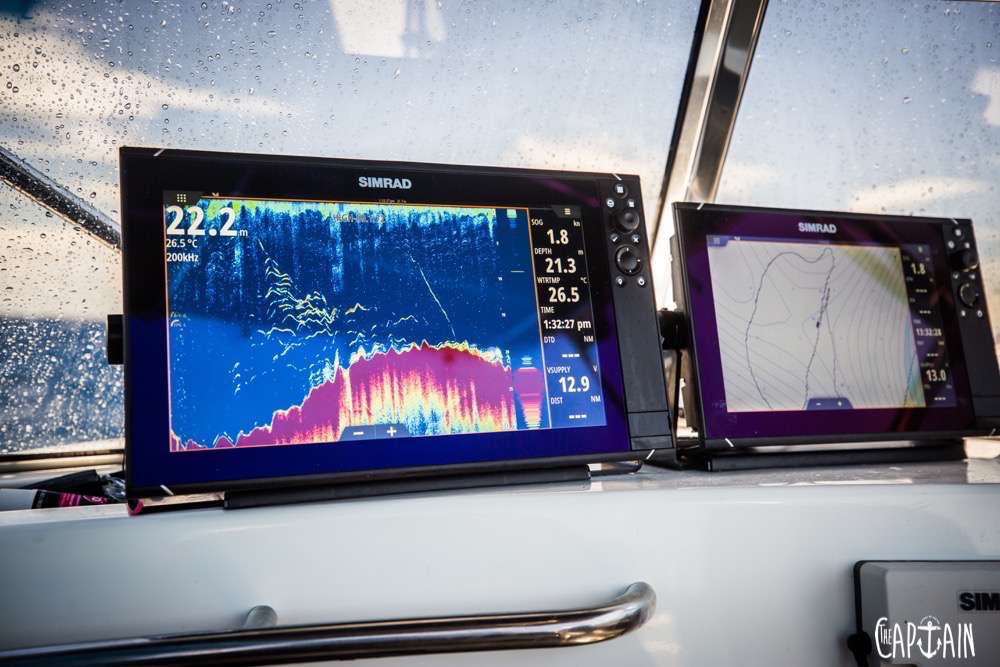
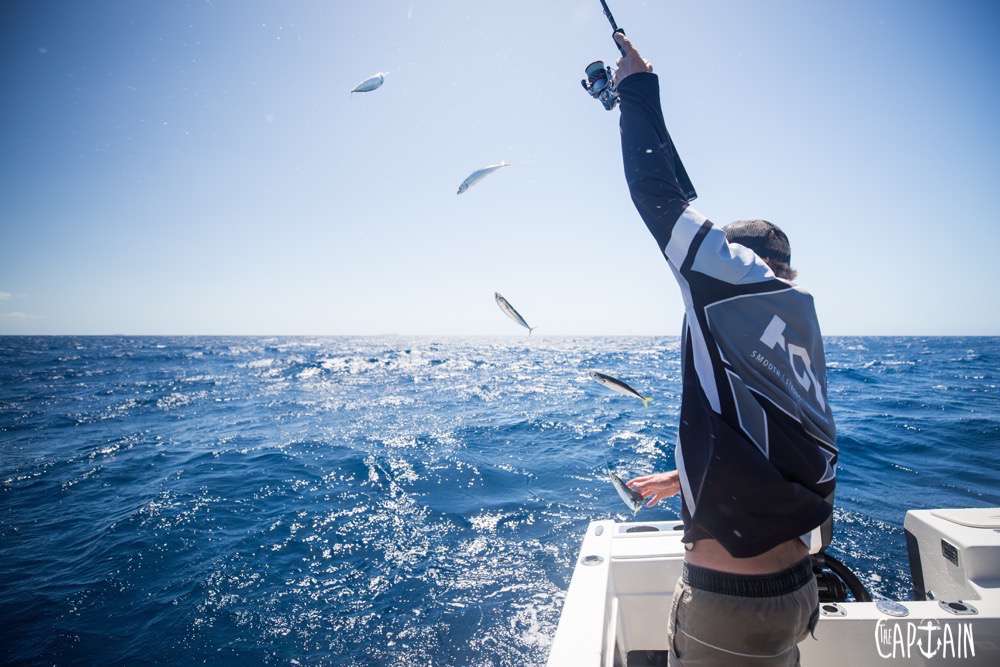





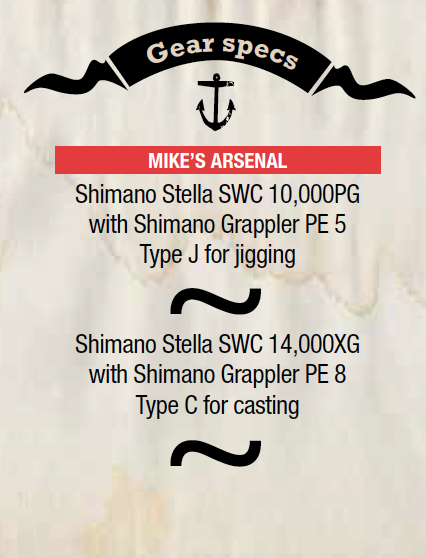
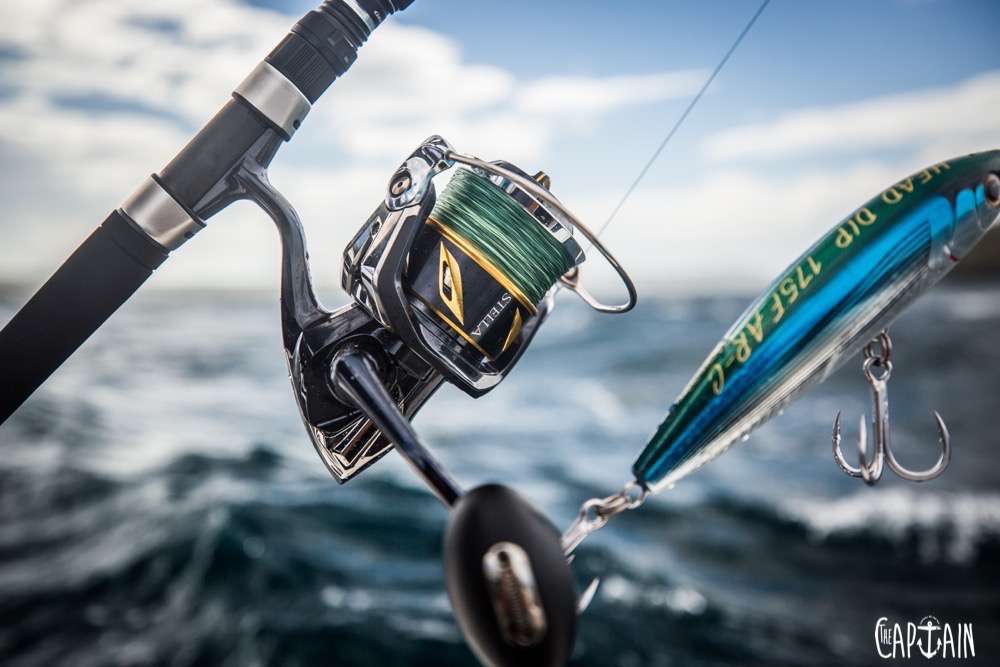


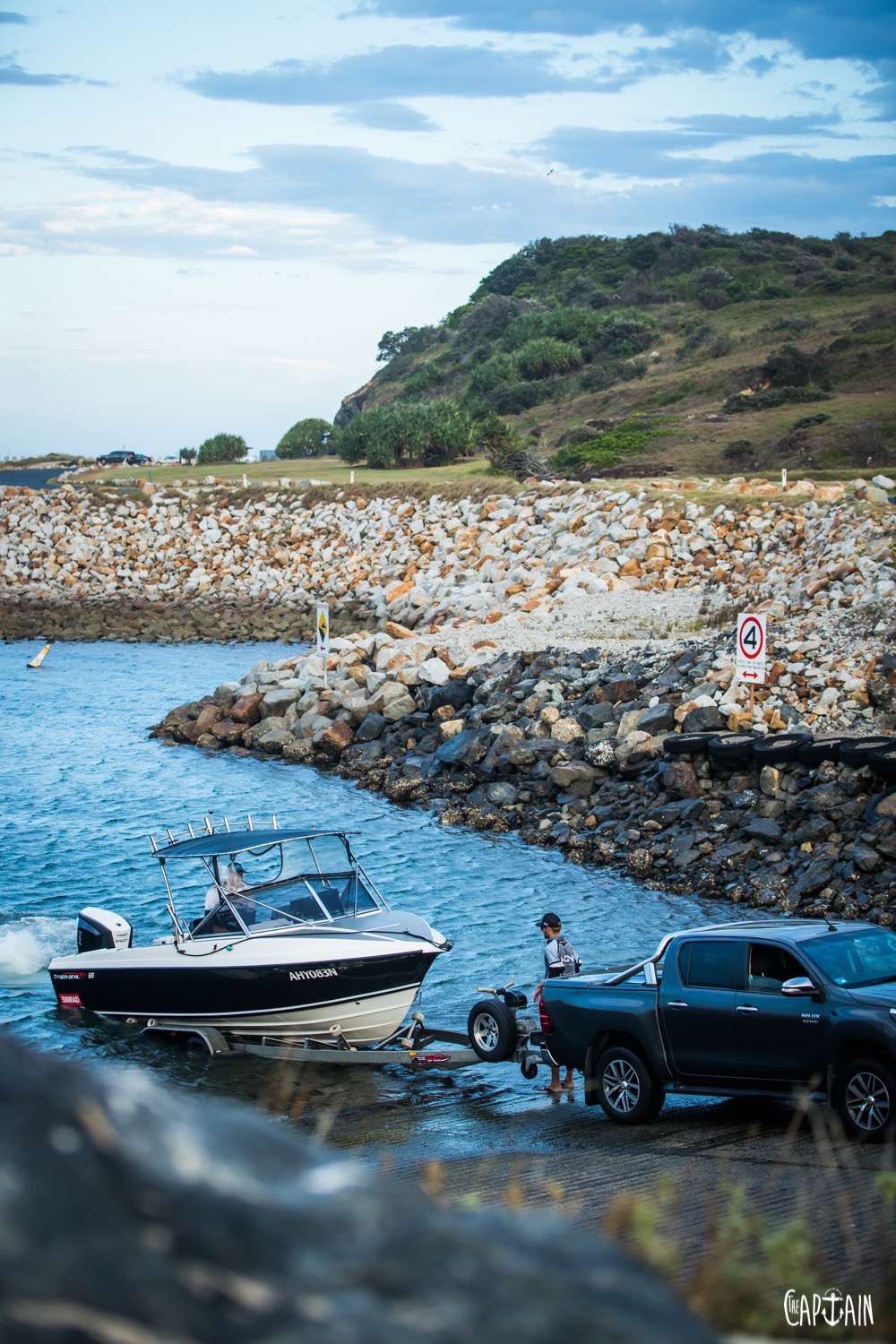
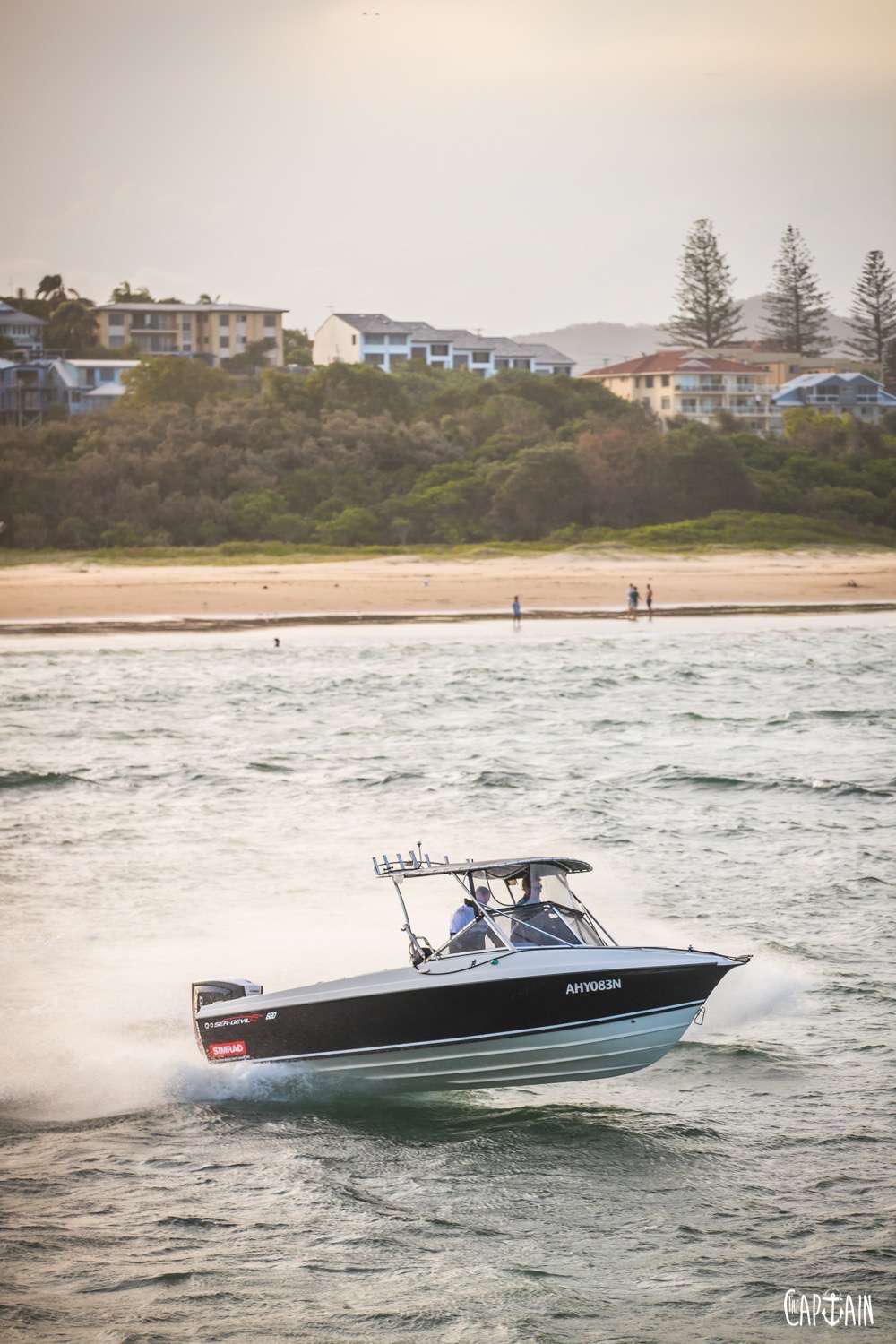







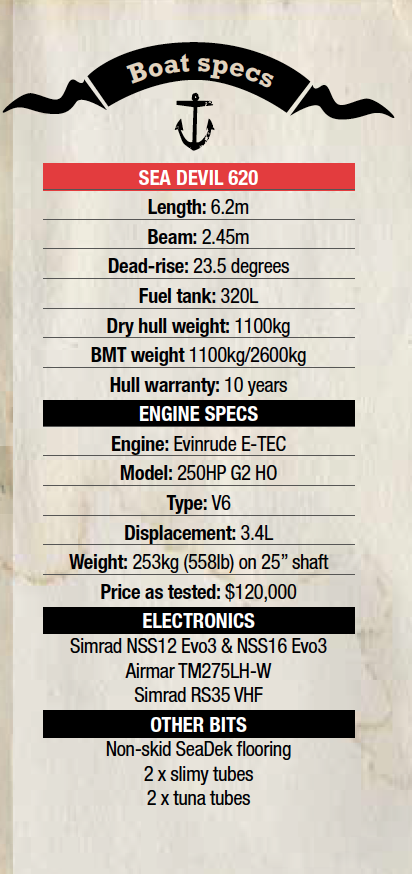




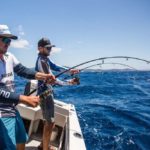
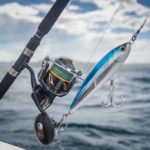
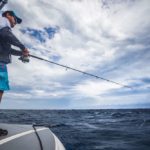
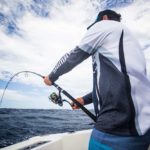
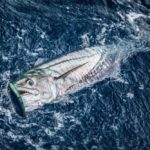
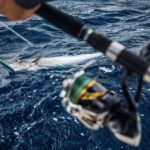
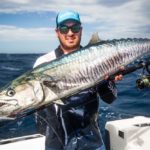
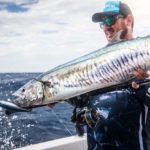
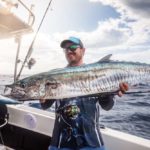
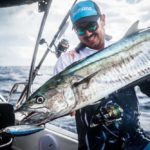
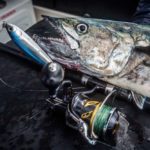
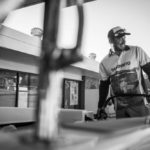
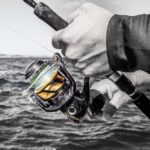
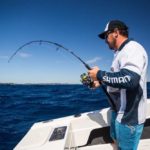
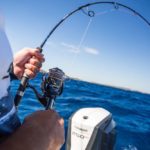
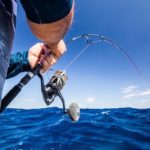
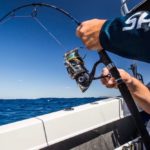
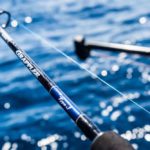
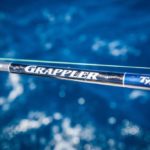
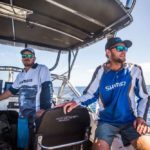
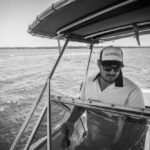
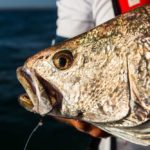
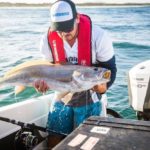
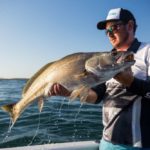
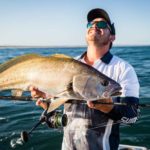
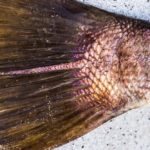
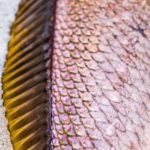
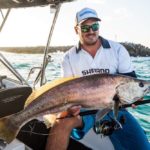
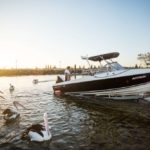
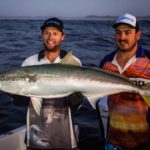
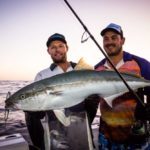
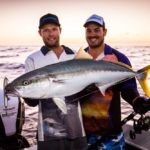
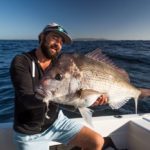
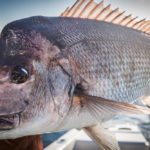
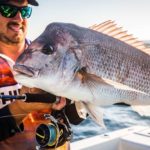

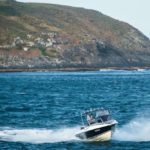
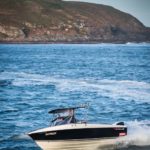
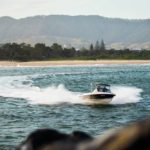
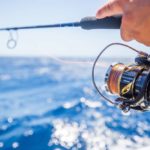
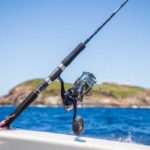
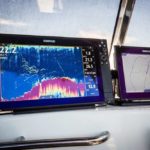
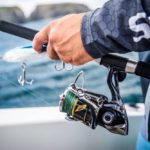
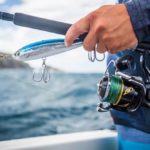
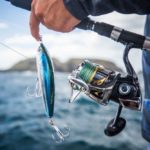
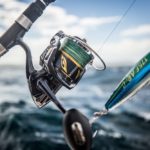
Recent Comments